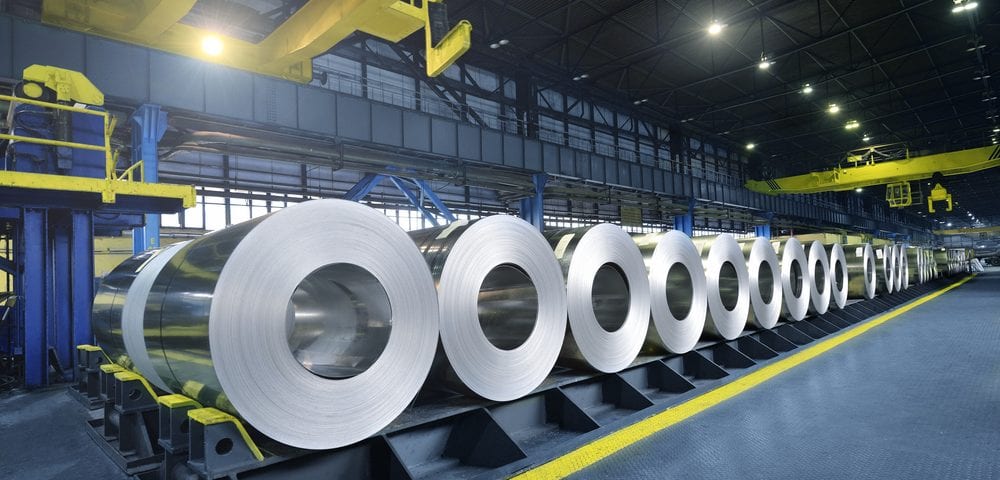Primer on Steel Pickling and Oiling Processes, Part 2

Primer on Steel Pickling and Oiling Processes, Part 1
June 26, 2020
Why Melting Point Matters for Steel and Other Metals
July 10, 2020In part one of this two-part blog series, we went over some of the basics on the pickling and oiling process within steel and other metals. This process, which can be done on a few different metal types, is generally done to help clean and remove contaminants from a given metal surface to allow various applications to take place.
At Wasatch Steel, we’re happy to detail the properties of any of our steel products, from steel tubing to steel pipe, steel bar and many other steel materials. We’ll detail various steel materials that might require pickling and/or oiling for removing contamination, plus some general tips on this process if needed. In today’s part two of our series, we’ll dig into some of the reasons why pickling and oiling processesare performed, plus some of the various materials that benefit from this process and why.
Why is Pickling and Oiling Done?
As we noted in part one, pickling is a process that removes surface contaminants from a given metal. This is valuable in many situations because such contaminants are often a source of problems in the fabrication or coating process for a metal – take welding, for instance, which can become defective if the piece of metal in question has too many surface contaminants present. There are also commonly issues with painting contaminated metal, plus a few others.
Oiling, on the other hand, is done to prevent degradation from the metal between forming and final fabrication processes. Certain metals corrode or otherwise degrade very quickly after forming, but oiling keeps this from happening for long enough that fabrication can still be carried out. As you may have guessed after reading to this point, both processes are generally performed at the end of forming stages in a metal mill.
Materials That Benefit From Pickling and Oiling
There are several steel and metal types that are often pickled and oiled to allow for improved qualities. They include:
- Steel alloys: Hot-rolled steel is a great example of a steel alloy that generally requires pickling and oiling. It tends to come with mill scale that needs to be removed – pickling does this job, but also exposes the alloy to flash rusting in the process. This is why oiling will be done directly afterward.
- Stainless steels: Stainless steels may also be pickled and oiled – they will generally require strong acids for effective pickling, as they have high amounts of alloying elements present.
- Aluminum alloys: Sometimes pickled for certain critical applications.
- Copper, brass, bronze or other allows: Often pickled and oiled to help prevent them from forming a green copper oxide layer.
For more on the pickling and oiling process for steel and other metals, or to learn about any of our steel products or services, speak to the staff at Wasatch Steel today.



